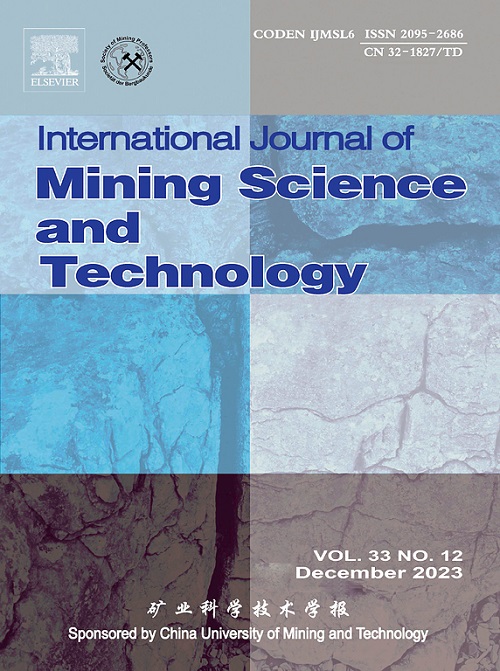Utilizing spatio-temporal feature fusion in videos for detecting the fluidity of coal water slurry
IF 11.7
1区 工程技术
Q1 MINING & MINERAL PROCESSING
International Journal of Mining Science and Technology
Pub Date : 2024-11-01
DOI:10.1016/j.ijmst.2024.11.001
引用次数: 0
Abstract
The fluidity of coal-water slurry (CWS) is crucial for various industrial applications such as long-distance transportation, gasification, and combustion. However, there is currently a lack of rapid and accurate detection methods for assessing CWS fluidity. This paper proposed a method for analyzing the fluidity using videos of CWS dripping processes. By integrating the temporal and spatial features of each frame in the video, a multi-cascade classifier for CWS fluidity is established. The classifier distinguishes between four levels (A, B, C, and D) based on the quality of fluidity. The preliminary classification of A and D is achieved through feature engineering and the XGBoost algorithm. Subsequently, convolutional neural networks (CNN) and long short-term memory (LSTM) are utilized to further differentiate between the B and C categories which are prone to confusion. Finally, through detailed comparative experiments, the paper demonstrates the step-by-step design process of the proposed method and the superiority of the final solution. The proposed method achieves an accuracy rate of over 90% in determining the fluidity of CWS, serving as a technical reference for future industrial applications.
求助全文
约1分钟内获得全文
求助全文
来源期刊

International Journal of Mining Science and Technology
Earth and Planetary Sciences-Geotechnical Engineering and Engineering Geology
CiteScore
19.10
自引率
11.90%
发文量
2541
审稿时长
44 days
期刊介绍:
The International Journal of Mining Science and Technology, founded in 1990 as the Journal of China University of Mining and Technology, is a monthly English-language journal. It publishes original research papers and high-quality reviews that explore the latest advancements in theories, methodologies, and applications within the realm of mining sciences and technologies. The journal serves as an international exchange forum for readers and authors worldwide involved in mining sciences and technologies. All papers undergo a peer-review process and meticulous editing by specialists and authorities, with the entire submission-to-publication process conducted electronically.
 求助内容:
求助内容: 应助结果提醒方式:
应助结果提醒方式:


